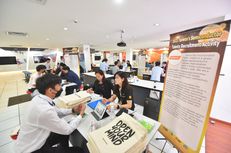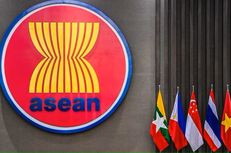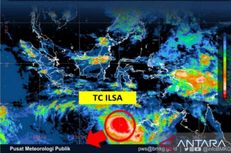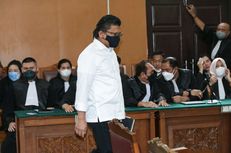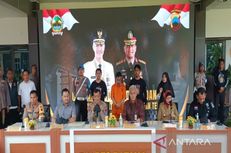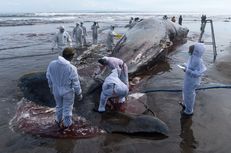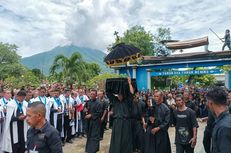
Reflecting the political wrangling that has dogged the drafting of the report, it includes a footnote outlining how members of the panel from Brazil, China and Russia disagreed that further studies were needed on the lab hypothesis and suggested nothing had changed since the previous WHO-China joint report on origins, published in March 2021.
The latest report also includes a framework for how to pinpoint the origins of future outbreaks, which WHO said is the panel’s central aim, rather than drawing conclusions on Covid-19.
SAGO co-chair Jean-Claude Manuguerra said monkeypox was an "illustration of how much we need this global framework" to find out how future pathogens emerge.
When the panel was set up in October, WHO emergencies chief Mike Ryan said it was the "best chance … it may be our last chance" to understand the origins of the coronavirus.
The report also includes a long list of recommendations for further studies that could shed more light on Covid-19's origins.
They include seeking information on the earliest cases in Wuhan, China, as well as further studies around the market in Wuhan that was identified early on as a potential location for the virus's jump to humans.
The 2021 report called a lab leak "highly unlikely" and suggested the most plausible theory was a spillover from animals.
A later US intelligence report said both theories remained plausible, although it too leaned towards natural origins.
Source: Reuters
Simak breaking news dan berita pilihan kami langsung di ponselmu. Pilih saluran andalanmu akses berita Kompas.com WhatsApp Channel : https://www.whatsapp.com/channel/0029VaFPbedBPzjZrk13HO3D. Pastikan kamu sudah install aplikasi WhatsApp ya.





